- Learning time
- 40 minutes
- First play time
- 120 minutes
Atiwa
Designed by: Uwe Rosenberg
Atiwa is a game of bats. Bat care, bat proliferation, and bat poo.
Each player has a supply board stocked with wild animals, trees, fruit, families, and goats. Beneath it is a starting village card with a single family on it, and during the game this ‘tableau’ area will spread out, as more cards are added and resources stored on them. Thematically, this represents your development of the area (and conservation of the bats, as we’ll see). Mechanically, your objective is to remove as much from your supply board as possible before the game is out!
You’ve three workers at your disposal, and over seven rounds, each worker can gather resources for you, or manage them in some way that reflects the game’s theme: the cyclical nature of bat life in south-eastern Ghana. On your turn, you place one of your workers out on the action spaces of the shared board and do whatever that action space tells you: it might be adding another card to your tableau (next to your village) which you want to do, because many action spaces let you harvest resources from the supply board: and when you take them, they must be placed somewhere in your tableau: each of the nine spaces on a card show what can be placed there. Note that some spaces on your cards are empty: an empty space can hold anything already present on the card.
You can also gather gold (this doesn’t need space to store it) and train families, flipping them from their untrained side to the trained side (showing a bat) and you’ll also be gathering, sooner or later, bats. Like anything else, bats need a place on your tableau of cards to hold them, so trained families give them a place to stay: in the same space the family occupies. At the end of each round trained families provide more gold, whereas untrained families trigger pollution: you might find some gold, but what you’ll definitely get is part of your cards getting clogged up and uninhabitable. Each round end also allows you to harvest trees, fruit and bats from your player board, before feeding your families: paying back wild animals, goats, fruit or even bats (or gold) to the supply to make sure everyone is fed.
Gold is very helpful, because you need it to pay for tableau cards that have spaces for families in them: and ultimately more families gives more places for bats, more gold, and more points at the end of the game, when getting all your families out (and fed) is a highly desirable situation. What can help with this is the bat action. After every turn of every round, if you have at least three bats in your tableau, you can move three of them to your night card, as the bats fly off. If you do this, you can return a fruit and replace it with a tree instead: representing the bats’ droppings fuelling the cycle of decay and growth in Ghana. These bats will return to you at the end of the round – assuming you have places to put them, of course!
The guru's verdict
-
Take That!
Take That!
None, except for the you-took-my-spot variety.
-
Fidget Factor!
Fidget Factor!
Low with two, climbing with three or four.
-
Brain Burn!
Brain Burn!
It feels like a fairly tactical game where you react to opportunities. Some action spaces vary game by game (and round by round) so the ability to spot the most productive action - because they're ALL at least semi-productive - is where success lies.
-
Again Again!
Again Again!
How replayable Atiwa appears to you is to a great extent how you feel about the puzzling aspect of it - that and it's cyclical elements of bat movement, tree-felling and seed-to-tree growth.

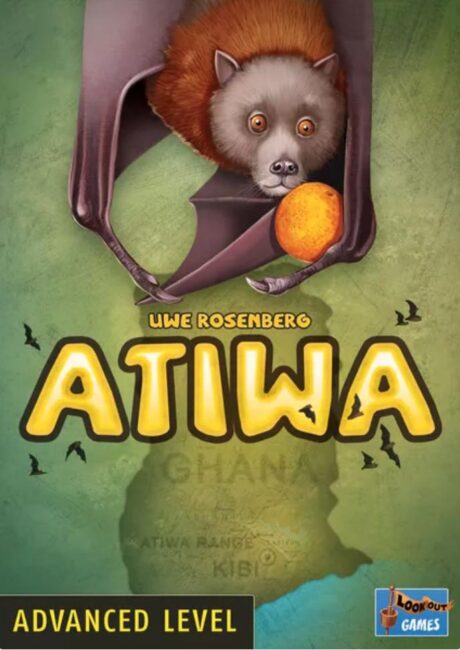
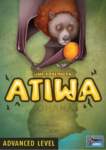

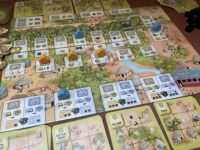



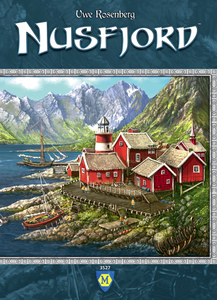
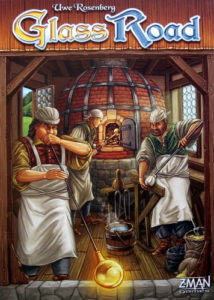
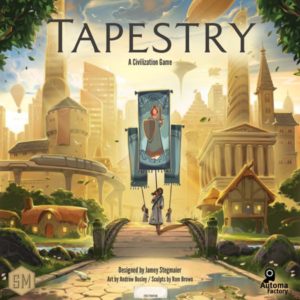
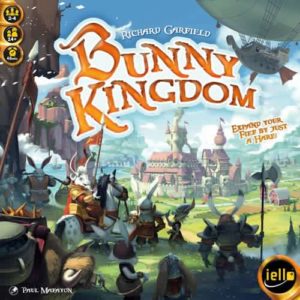
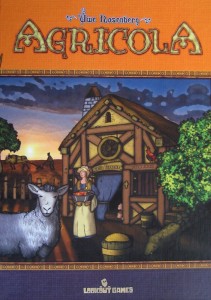
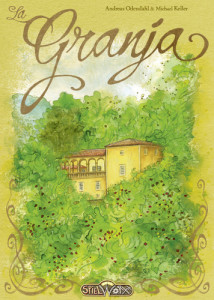
Sam says
A lot of designer Uwe Rosenberg's games follow a similar structure: each player has x number of workers (three in Atiwa) and over y number of rounds (seven) you send those workers out to the shared board to do your bidding, before, at the end of each round, feeding your family - which costs you some of your progress. But, inspired by Rosenberg's trips to Ghana, Atiwa has a more circular pattern. Your bats fly away and return. Your fruits are eaten and deposited, leading to further growth. Trees from this growth can be cut down to further development (-add more cards!) which has room for more families, which can be trained to conserve bats, and so on. The cyclical nature of things is tangible, but the game remains fairly abstract to me - at least, compared to Rosenberg games like Caverna or Fields of Arle. There progression is linear and fulsome - outside of sacrificing crops or animals at tea time, there's a sense of constantly striding onwards. In Atiwa, it's often one step forward and another back, which in fairness does mirror the world Rosenberg seeks to represent here. It's not as abstracted as Chess or SHOBU, say, and the cute game pieces help convey the theme too. But as a game I don't find it as pleasurable or rewarding as the likes of Caverna, even as it plays in half the time, because it doesn't feel as immersive. I think the speed of Atiwa is basically what it has over Rosenberg's epics - if you want that feel of development, of managing resources and cutting a swathe along the best-options path of what you workers can do, this offers it at an enjoyable pace.